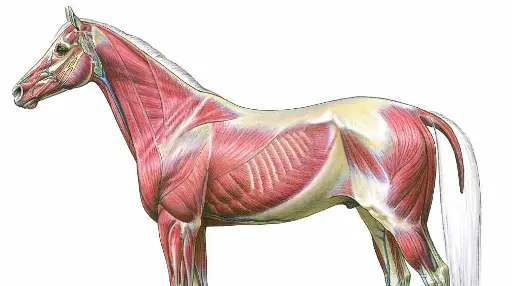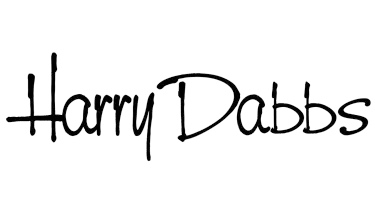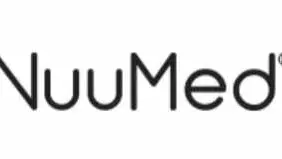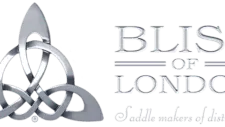Musculature
Completed
-
index of contents
-
- Join this Course to access resources
- Quiz
-
- Join this Course to access resources
- Quiz
-
- Join this Course to access resources
- Quiz
-
- Join this Course to access resources
- Quiz
-
- Join this Course to access resources
- Quiz
-
- Join this Course to access resources
- Quiz
-
- Join this Course to access resources
- Quiz
-
Introduction

The horse's body possesses approximately 700 muscles that control movement
By understanding how horses’ muscles contract, we can formulate training and conditioning strategies, rehabilitation protocols following injury, and exercise routines for weight management.
In its most simplistic form, muscles work in pairs. As one muscle contracts, the other lengthens. This allows the movement to happen.
No one joint however is operated by one muscle alone. Movement therefore is dependent on groups of muscles working together to create fine precision and smoothness; when one group contracts, the opposite group relaxes.
The two groups of muscles are known as
agonists which move the body part by shortening or contracting the muscle
antagonists which relax or stretch to allow the movement to happen.
Not only do muscles work in pairs and groups, they also work in chains. This facilitates precise control and continuous flowing movement.
The presence of muscle chains helps to explain compensation mechanisms and why, when there is restriction in a muscle in one part of the chain, movement is compromised in another.
There are no comments for now.




